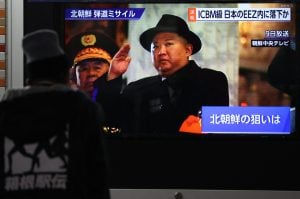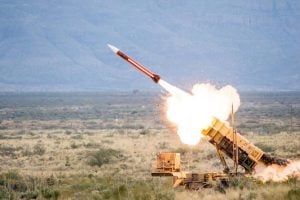In the challenging landscape of the National Defence Academy (NDA) and Combined Defence Services (CDS) examinations, a strong foundation in physics is indispensable. Among the foundational pillars of physics, the topic of “Units & Measurements” stands tall as a cornerstone for understanding the physical world. This article delves into the paramount importance of mastering Units & Measurements in the NDA and CDS physics examinations, elucidating its relevance and offering insights for aspirants to excel in this critical area.
Understanding Units & Measurements in Physics
Units & Measurements form the bedrock of physics, providing a standardized language for expressing and quantifying physical quantities. This topic involves the understanding of units, dimensions, and the process of measurement, which are essential for formulating laws, conducting experiments, and interpreting results in the realm of physics.
The Significance of Units & Measurements in NDA & CDS Exams
- Precision in Communication: Units offer a standardized way to communicate measurements precisely. In military operations and engineering tasks, accurate communication of measurements is paramount for success.
- Experimental Accuracy: In military research and development, understanding measurements is crucial. The precision of experimental results relies on a sound grasp of units and measurement techniques.
- Interdisciplinary Applications: Military scenarios often require collaboration between different branches, including engineering, logistics, and intelligence. A standardized understanding of units facilitates effective communication across these interdisciplinary domains.
- Navigating Technical Documentation: Military officers frequently encounter technical manuals, blueprints, and equipment specifications. Proficiency in units and measurements is vital for comprehending and effectively utilizing these documents.
- Safety Protocols: Military operations demand strict adherence to safety protocols. Units and measurements are integral to ensuring that equipment, weaponry, and other resources are used with precision, minimizing risks.
Strategies to Excel in Units & Measurements
- Conceptual Understanding: Develop a strong conceptual understanding of fundamental units, derived units, and dimensions. This forms the basis for more complex applications.
- Real-World Applications: Relate units and measurements to real-world scenarios, emphasizing their practical significance in military operations and scientific applications.
- Problem-Solving Practice: Regularly practice problem-solving involving units and measurements to enhance proficiency in numerical applications.
- Visualization Techniques: Use visualization techniques to understand abstract concepts related to measurements. Diagrams, charts, and practical examples can aid in comprehension.
- Integration with Other Physics Topics: Recognize the interconnected nature of physics. Units and measurements often play a role in various physics topics, and a holistic understanding can enhance overall performance.
Conclusion
Mastery of the Units & Measurements topic in physics is not just an academic requirement; it is a fundamental skill that underpins the practical applications of physics in military contexts. Aspirants should approach this topic not merely as a hurdle in examinations but as a crucial step toward becoming adept military officers with a deep understanding of the physical world. The ability to navigate and apply units and measurements is not just a test-taking skill; it is a stride towards becoming analytical, precise, and effective leaders in the armed forces.



















